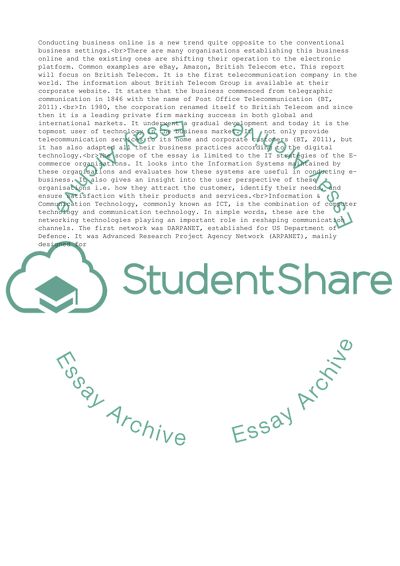Cite this document
(Strategic IT Management Essay Example | Topics and Well Written Essays - 2000 words, n.d.)
Strategic IT Management Essay Example | Topics and Well Written Essays - 2000 words. https://studentshare.org/management/1766947-strategic-it-management
Strategic IT Management Essay Example | Topics and Well Written Essays - 2000 words. https://studentshare.org/management/1766947-strategic-it-management
(Strategic IT Management Essay Example | Topics and Well Written Essays - 2000 Words)
Strategic IT Management Essay Example | Topics and Well Written Essays - 2000 Words. https://studentshare.org/management/1766947-strategic-it-management.
Strategic IT Management Essay Example | Topics and Well Written Essays - 2000 Words. https://studentshare.org/management/1766947-strategic-it-management.
“Strategic IT Management Essay Example | Topics and Well Written Essays - 2000 Words”. https://studentshare.org/management/1766947-strategic-it-management.


